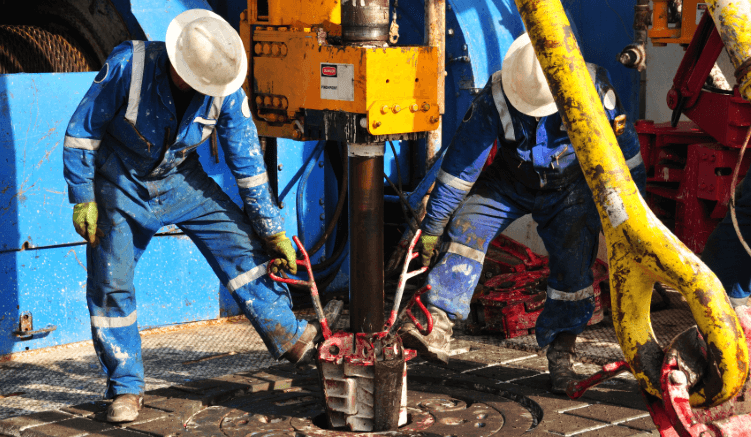There’s no easy and quick fix when it comes to building a safety culture.
Every organization is unique and dynamic in nature, and each has its own personality. Added to this is the reality that success in Safety is, for the most part, determined by the Safety professional’s customer – the organization’s workers themselves – and for most of us as Safety pros, our list of customers is long and varied. And each has a different definition of success.

Parallel to this thought is that there is no “one right way” to build a safer culture. Rather, it is a number of elements that must be employed to build robustness within the safety process. Simply put, organizations that demonstrate world-class performance employ a strategy with elements that control loss-producing variation throughout the work system.
Controlling process variation is not a new concept. Many successful operational effectiveness programs have been … Read more...





